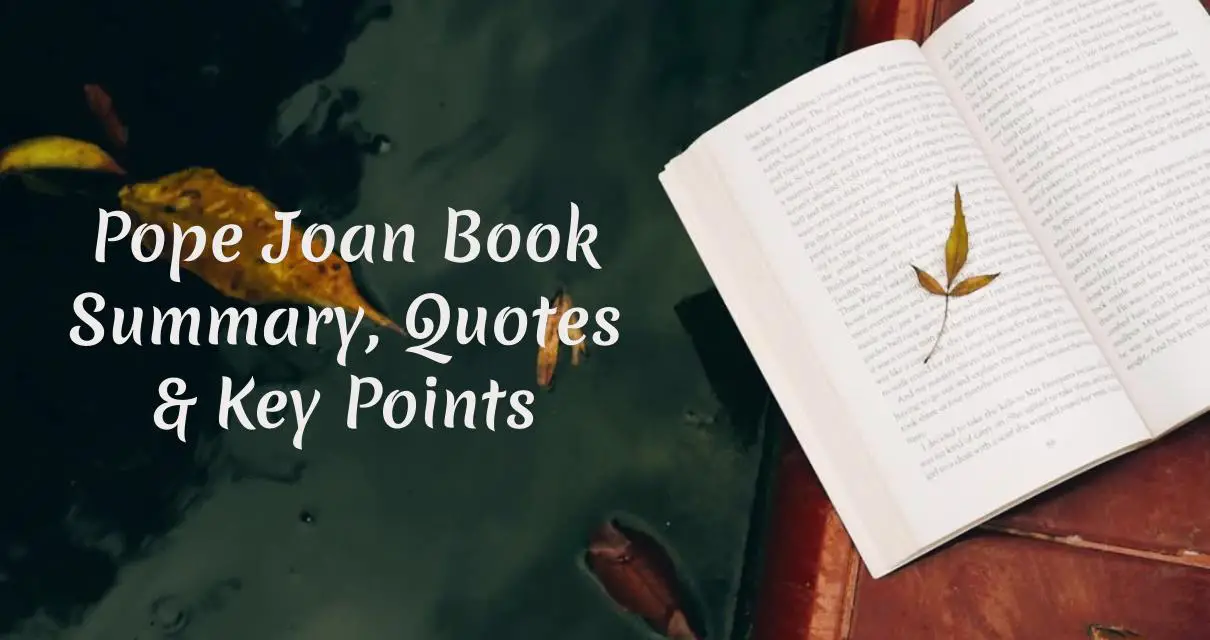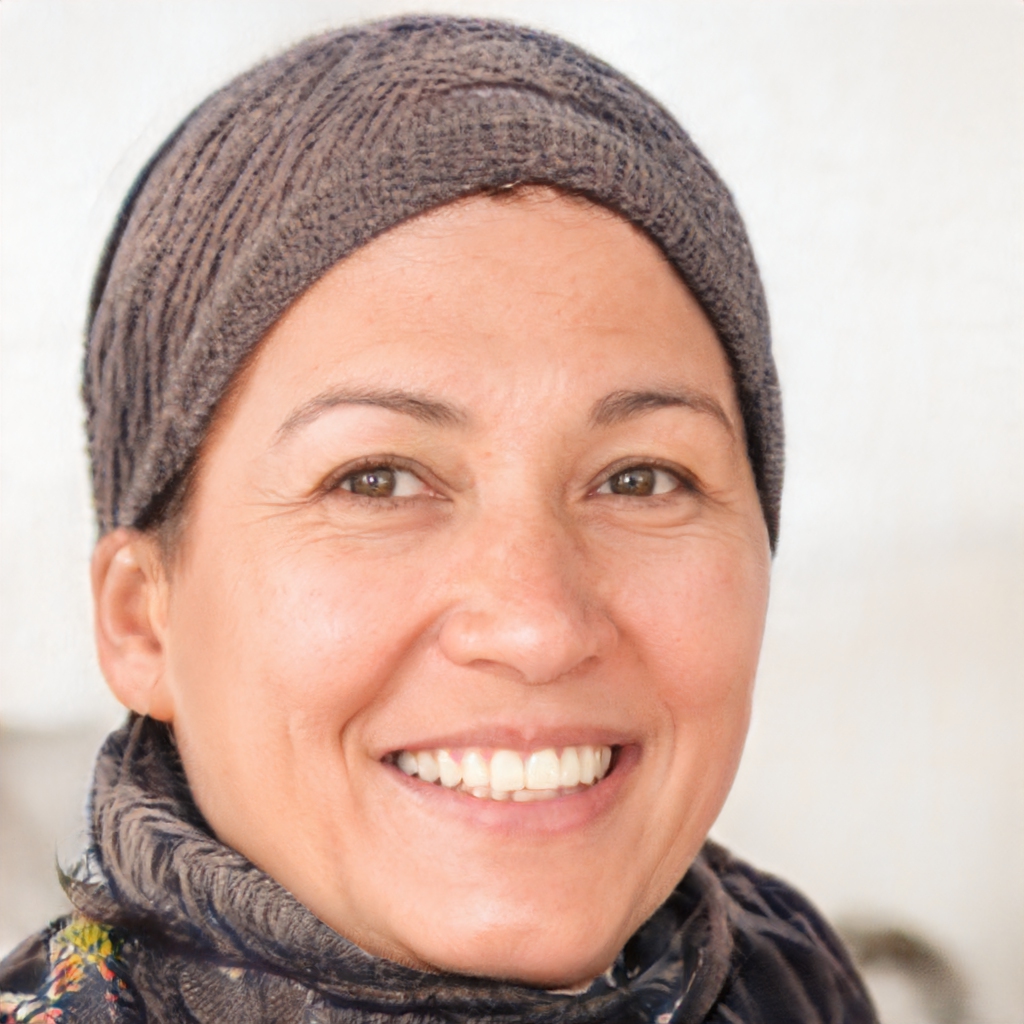The Pope Joan book by Donna Woolfolk Cross is a historical fiction novel that tells the story of a woman who disguises herself as a man and becomes the Pope of Rome. The book is a fascinating tale of gender roles, religion, and power, set in the medieval period.
Table of Content
Pope Joan Book Summary
The Storyline
The book follows the life of Joan, a young girl from a village in Germany who has a passion for learning. She disguises herself as a man and travels to Athens to study medicine and philosophy. After completing her studies, she moves to Rome and works as a scribe for the Church. She rises through the ranks of the Church and eventually becomes the Pope. However, her true identity is revealed, and she faces the consequences of her actions.
Historical Context
The book is set in the 9th century, a time when women had limited rights and opportunities. The Church was a powerful institution that controlled much of Europe, and the Pope was the most influential figure in the Church. The book is based on the legend of Pope Joan, a woman who was said to have disguised herself as a man and become the Pope. While the historical accuracy of the legend is disputed, the book provides a vivid portrayal of life in medieval Europe.
Themes
The book explores several themes, including gender roles, religion, and power. Joan faces many challenges as a woman in a male-dominated society, and she must navigate the complex rules and expectations of the Church. The book also examines the role of religion in society and the conflicts that arise when different religious beliefs clash. Finally, the book highlights the corrupting influence of power and the struggle for power within the Church.
Symbolism
The book uses several symbols to convey its themes, including the papal tiara, which represents the power of the Pope, and the rose, which symbolizes Joan's femininity and her connection to nature. The book also uses the image of the cross to represent the conflict between different religious beliefs.
Writing Style
The author's writing style is engaging and descriptive, with vivid descriptions of the characters and settings. The book is well-researched and provides a detailed portrayal of life in medieval Europe. The author uses a narrative structure that alternates between Joan's past and present, which adds depth to the story.
Pope Joan Book Review
Plot Review
The plot of the book is well-crafted, with many twists and turns that keep the reader engaged. The characters are well-developed, and the story is full of suspense and drama. However, some readers may find the ending unsatisfying.
Character Review
The main characters in the book are well-developed and believable. Joan is a strong and intelligent woman who faces many challenges in her quest for knowledge and power. The other characters, including Gerold and Anastasius, are also well-drawn and add depth to the story.
Historical Accuracy Review
The book is based on a legend, and the historical accuracy of the story is disputed. However, the author has done extensive research into the time period and provides a detailed portrayal of life in medieval Europe.
Overall Review
The Pope Joan book is a well-written and engaging historical fiction novel that explores important themes and provides a vivid portrayal of life in medieval Europe. While the ending may be unsatisfying for some readers, the book is still a worthwhile read.
Pope Joan Quotes
"She had no idea how to become a pope, but she knew how to become a man."
"The truth is not always beautiful, nor beautiful words the truth."
Pope Joan Key Points
Gender Roles
The book portrays the challenges faced by women in a male-dominated society, and the ways in which Joan must navigate the complex rules and expectations of the Church.
Religion
The book examines the role of religion in society and the conflicts that arise when different religious beliefs clash.
Power
The book highlights the corrupting influence of power and the struggle for power within the Church.
FAQs for Pope Joan
1. Is Pope Joan a real historical figure?
The historical accuracy of the legend of Pope Joan is disputed.
2. What is the significance of the title?
The title refers to the main character, Joan, who becomes the Pope.
3. What role does religion play in the book?
Religion plays a central role in the book, as the Church is a powerful institution that controls much of Europe.
4. How does the book portray gender roles?
The book portrays the challenges faced by women in a male-dominated society, and the ways in which Joan must navigate the complex rules and expectations of the Church.
5. What is the significance of the ending?
The ending may be unsatisfying for some readers, as it leaves some questions unanswered.
6. How historically accurate is the book?
The book is based on a legend, and the historical accuracy of the story is disputed. However, the author has done extensive research into the time period and provides a detailed portrayal of life in medieval Europe.
7. What is the main conflict in the book?
The main conflict in the book is between Joan's desire for knowledge and power, and the rules and expectations of the Church.
8. How does the book explore the theme of power?
The book highlights the corrupting influence of power and the struggle for power within the Church.
9. What is the significance of the character Gerold?
Gerold is a significant character in the book, as he represents the conflict between Joan's desire for knowledge and power, and her love for him.
10. What is the author's message about truth in the book?
The author suggests that the truth is not always beautiful, and that sometimes the most important truths are difficult to accept.

